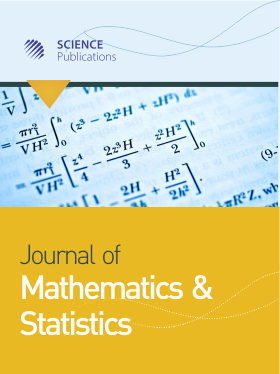FINITE VOLUME METHOD OF MODELLING TRANSIENT GROUNDWATER FLOW
- 1 Makerere University, Uganda
Abstract
In the field of computational fluid dynamics, the finite volume method is dominant over other numerical techniques like the finite difference and finite element methods because the underlying physical quantities are conserved at the discrete level. In the present study, the finite volume method is used to solve an isotropic transient groundwater flow model to obtain hydraulic heads and flow through an aquifer. The objective is to discuss the theory of finite volume method and its applications in groundwater flow modelling. To achieve this, an orthogonal grid with quadrilateral control volumes has been used to simulate the model using mixed boundary conditions from Bwaise III, a Kampala Surburb. Results show that flow occurs from regions of high hydraulic head to regions of low hydraulic head until a steady head value is achieved.
DOI: https://doi.org/10.3844/jmssp.2014.92.110

- 4,199 Views
- 3,902 Downloads
- 0 Citations
Download
Keywords
- Groundwater Flow
- Finite Volume Method
- Mathematical Modelling
- Discretization
